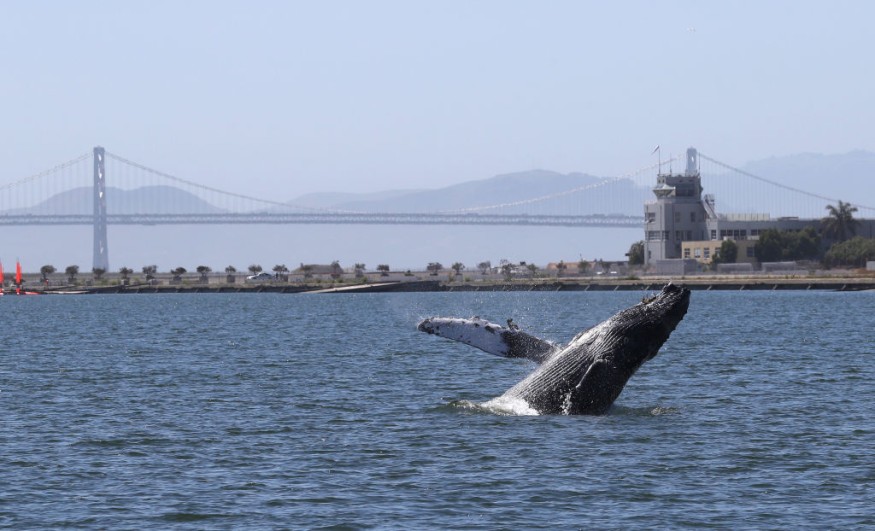
After being sued twice for failing to protect humpback whale pods, the US government has officially declared over a 100,000 square nautical miles of the Pacific as a legally defined critical habitat for the endangered species.
This is one of the most outstanding victories for American marine conservationists in recent times. The declaration will cover wide swaths of Pacific Ocean territory that are under the jurisdiction of roughly three states (them being Oregon, California and Washington).
California is especially important as many ships and fisheries still have operations that pose a direct threat to many whales passing by in their regular migration routes.
Biggest threats to humpback whales in Pacific
The legal implications of a critical habitat are all underscored by America's Endangered Species Act (ESA). In brief, critical habitats allow a wide number of federal actions in that area for the sake of preserving any and all species listed under the ESA.
This opens the door to impose more restrictions in order to reduce activities and practices harmful to the area's ecosystem. For years, the presence of US commercial fishing in the Pacific, as well as the high traffic along its shipping routes, have both been grave concerns for conservationists working to restore humpbacks and other cetacean populations. Here are just some of the risks they pose and why designating large areas as critical habitats are crucial to mitigating them.
1. Ship strikes
Ships traveling at certain high speeds can sometimes collide right into slower moving whales and cause fatal injuries. In just the last couple of months, several beached whales have been found near the San Francisco Bay Area and the most highly suspected cause had been ship striking incidents.
2. Entanglement
Many crab fisheries are still using ropes tied to buoys and these often result in entanglements that also result in grave injury. This usually happens in a number of ways, from tails striking crab pot lines to entire bodily entanglement after a splash gone very wrong.
3. Plastic pollution
Plastic waste continues to be a major threat to many marine mammals. In late 2019, whales had been seen in the Great Pacific Garbage Patch for the first time, sparking alarm and outrage. The patch is smack dab in the ocean territory between California and Hawaii and its continued existence still demands attention from the federal government.
Implications for whale watchers in Pacific Ocean
Now, if you are in California for some whale watching, the news of the critical habit is a good one. However, that also means there could be stricter guidelines on what you can and cannot expect from the experience.
This may include adjustments to the distances between whale watching ships and the animals. (Consider bringing a good pair of binoculars if you still want a close glimpse of them coming out of the water.) Regulations around permits could also be changed.
And lastly, it is highly possible that closer encounters are completely off the table for most of the public. With about three vulnerable humpback whale populations in the newly designated critical habitat, conservationists will not take any chances and seize all opportunities to finally make America's side of the Pacific a safer place for them all.
© 2025 NatureWorldNews.com All rights reserved. Do not reproduce without permission.





